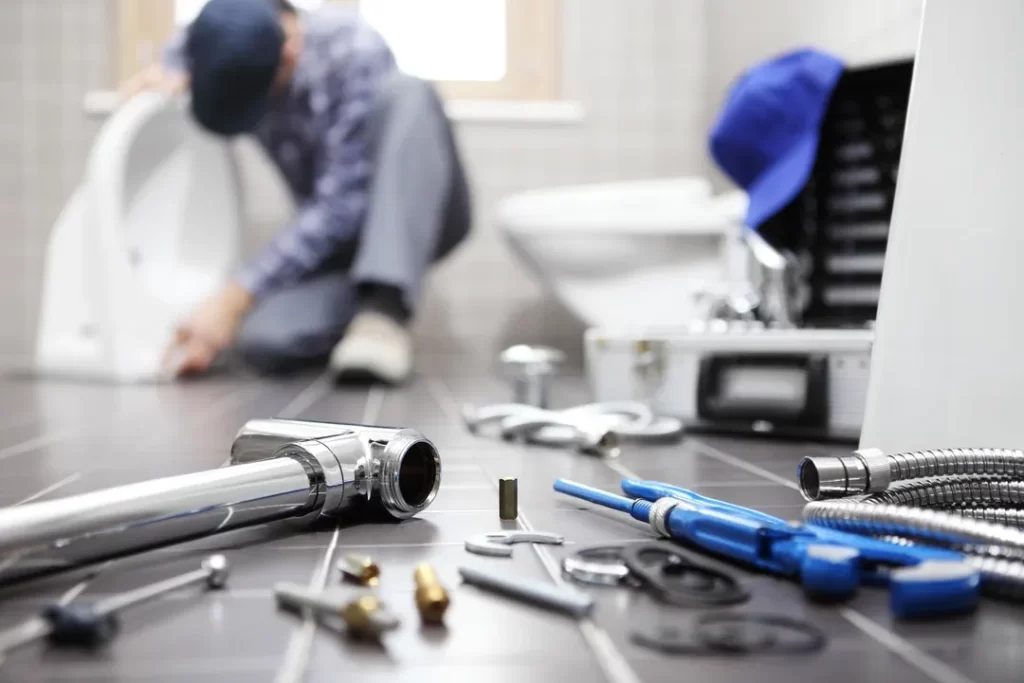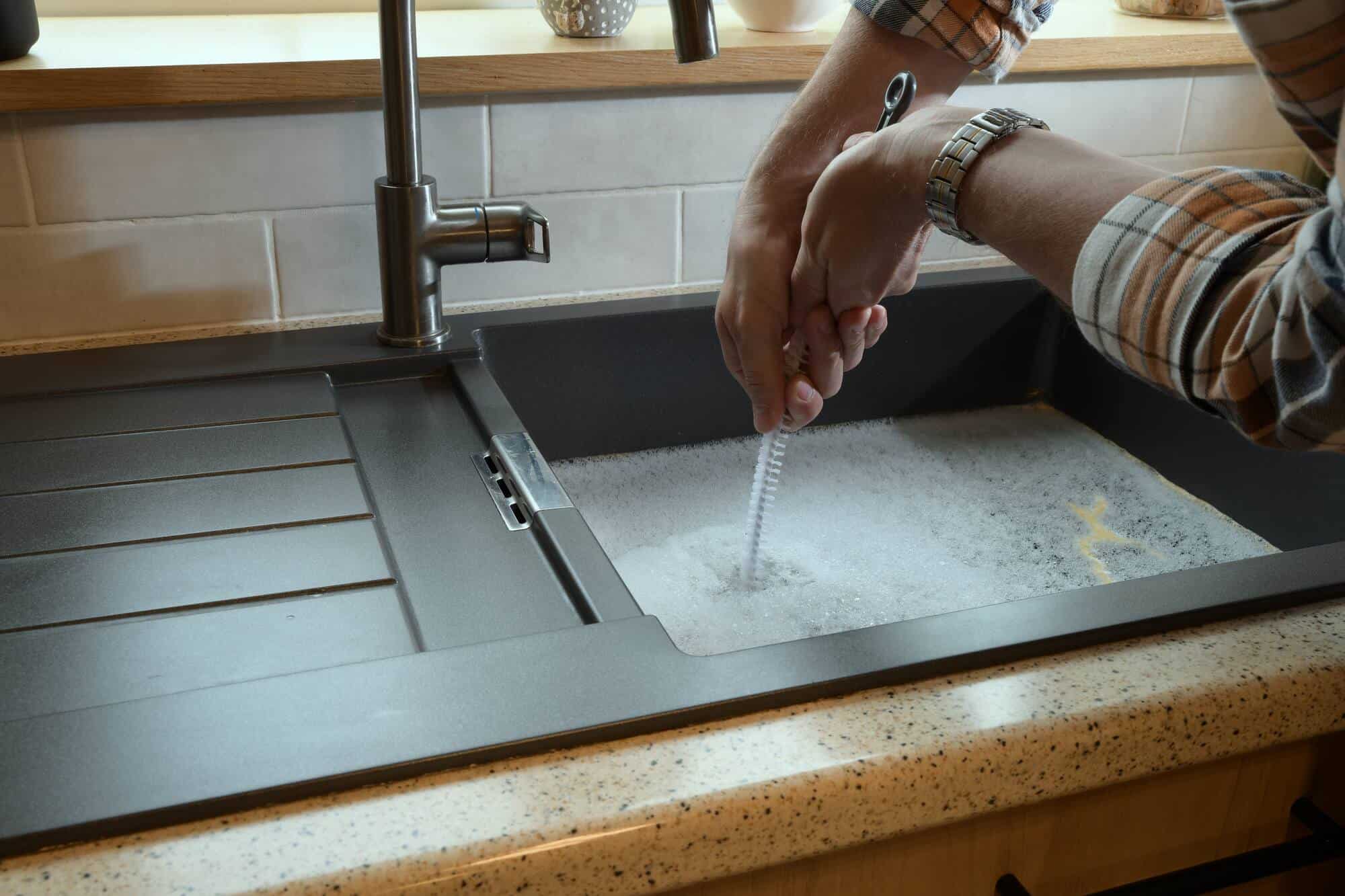Nearly every homeowner with a toilet will run into this problem at some point. Many people will panic and have no idea what to do with an overflowing toilet. As Master Plumbers in the area, we want to help you stay calm and manage the problem. No need to worry – you always have help nearby! We are the preferred emergency plumbers in Long Island who can help with any plumbing emergency. Now, take a deep breath, and let’s take on that overflowing toilet one step at a time…
First Things First, Shut Off the Water
The first step to most plumbing emergencies is to stop the water. This is because you want to stop more water from overflowing and creating more water damage. The easiest way to do this is to turn off the toilet’s supply valve. What the heck is a supply valve, you ask? You’ll find this on the wall directly behind the toilet on the feed line. Turn it clockwise to shut off the water supply. If you have an older toilet without this valve, open up the toilet tank and pull up the chain to stop the water flow.


Secondly, Remove Excess Water
When we say remove excess water, this means to get as much water off the floor and out of the bowl as possible. Removing water from the bowl will help prevent further spills and getting the water off the floor reduces further possible damages. During emergency calls, we like to bring a wet-dry vacuum. If you have one, this is when you would need it. Otherwise, you may also lay down old towels and newspapers to absorb the water around the toilet base and use a bucket to remove water from the bowl and dispose of it.
Third, It’s Time For The Plunger
A plunger is one of the most useful tools to have under/next to your bathroom sink. We will talk more about this later. For your overflowing toilet, pull out your plunger. You will want to place it in the toilet bowl and create a firm seal over the bottom drain. Next, push down hard like you are trying to push/pull your finger out of a Chinese finger trap (remember those?). This suction may dislodge the blockages creating a problem. Keep using the plunger until the water drains—or until it’s determined that the water will not drain and there is a greater issue at hand.


Fourth, Look for Obstructions
Ask members in your household if there “might be” any objects obstructing your toilet. If you can physically see any, try removing them with a drain auger. A drain auger is another super-useful tool that snakes down into the drain and breaks apart obstructions to pull them out. In this case, you will want to be cautious about pushing items further down the drain.
Fifth, Call For Professional Plumbers
If you don’t have luck with steps 1-4, then it is time to call for backup. When the toilet just will not drain, or if this problem is happening frequently, then the next best step is to call the professional plumbing team to take a closer look. Usually, we’ll have no trouble at all and can get your overflowing toilet back to proper flow in no time. In some cases, like for older or extremely damaged toilets, we may recommend having a new toilet installed. As a family-owned and operated business for over 35 years, we value transparency and respect. You can be sure that we will always look out for what’s best for you and your home.



























